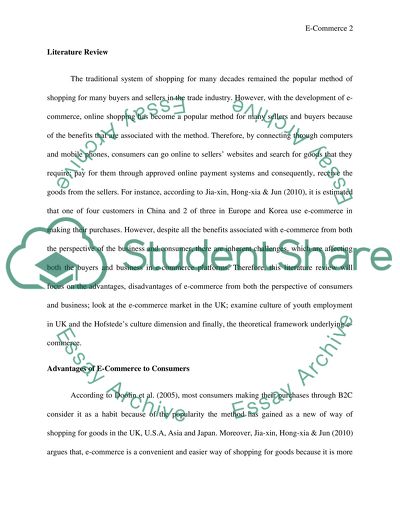Cite this document
(“E-commerce Literature review Example | Topics and Well Written Essays - 2250 words”, n.d.)
Retrieved from https://studentshare.org/e-commerce/1673136-e-commerce
Retrieved from https://studentshare.org/e-commerce/1673136-e-commerce
(E-Commerce Literature Review Example | Topics and Well Written Essays - 2250 Words)
https://studentshare.org/e-commerce/1673136-e-commerce.
https://studentshare.org/e-commerce/1673136-e-commerce.
“E-Commerce Literature Review Example | Topics and Well Written Essays - 2250 Words”, n.d. https://studentshare.org/e-commerce/1673136-e-commerce.


